One of Kanazawa’s key historic landmarks
Once the home of the Maeda family, who governed the Kaga Domain – present day Ishikawa and Toyama – for over 280 years, Kanazawa Castle is an essential part of the city’s history.
Many features of the castle have been destroyed over its long history – including the original castle tower, which was destroyed in a fire – and many of them have been rebuilt. Two of its longest lasting features are the Ishikawa-mon Gate, which was rebuilt in 1788, and the Sanjikken Nagaya which was rebuilt in 1858. Both of them have been designated as important cultural assets.
During the time of the Maeda family, Kanazawa Castle was surrounded by moats and had a fort function with loopholes for matchlocks on the outer wall in order to keep it secure from enemies. The beautiful white tiles that grace the roof are weathered lead and the walls made of white mortar with flat tiles attached to it. The stone walls vary in type throughout the castle and it is apparent that many of them were built in separate periods, with the oldest dating back more than 400 years ago.
Prior to Kanazawa Castle and its park’s restoration, it was used for many different purposes. For a time, it was used as base for the Japanese army and then a campus for Kanazawa University before being designated a National Historic Site in 2008.
Hishi Yagura, Gojikken Nagaya, and Hashizume-mon Tsuzuki Yagura (turret and storehouse)
These three stunning features are reproductions of original aspects of the park from over 125 years ago. Hishiyagura is a diamond-shaped turret, Gojikken Nagaya a 90-yard-long warehouse, and Hashizumemon Tsuzuki Yagura a turret designed to protect a nearby gate. Constructed through traditional methods, they offer a glimpse into Kanazawa’s past.
Kahoku-mon Gate
Though the original Kahoku-mon Gate disappeared over 130 years ago, a new one has been built using traditional Japanese techniques. Functioning as the main gate of Kanazawa Castle, the Kahoku-mon Gate is located down Kahokuzaka Hill, past the Ote-mon Gate. The Kahoku-mon Gate, Ishiwaka-mon Gate, and Hashizume-mon Gate are regarded as the three major gates of Kanazawa Castle.
Gyokusen-inmaru Garden
In 1634, the third lord of the Maeda family started to construct the garden. Although it was destroyed at the end of the feudal period, the garden was reconstructed in 2015. If you visit the garden on a Friday or Saturday after sunset, you can enjoy a captivating lights show.aired in 1996, and the Hishiyagura (diamond-shaped turret), Gojikken Nagaya (90-yard-long warehouse), and Hashizumemon Tsuzuki Yagura (turret protecting the nearby gate) were restored and the park opened. In the time of the Maeda family, moats surrounded Kanazawa Castle. The castle had a fort function with loopholes for matchlocks on the outer wall to defend the castle from enemies. The beautiful white tiles that grace the roof are weathered lead and the wall is made of white mortar with flat tiles attached to it. The stone walls vary in type with each place, and it is apparent that the stonewalls were built in separate periods. The stone walls include those built more than 400 years ago.
- Hishiyagura, Gojikken Nagaya, and Hashizumemon Tsuzuki Yagura
The Hishiyagura (diamond-shaped turret), Gojikken Nagaya (90-yard-long warehouse), and Hashizumemon Tsuzuki Yagura (turret protecting the nearby gate) are large-scale wooden castle buildings reproducing the original sights of approximately 125 years ago. The turrets on the right and left to watch the gate are connected with the Gojikken Nagaya. The traditional construction method and the roles of the castle in those days are introduced in the buildings.
- Kahokumon-gate
The reconstruction of the Kahokumon-gate, which had disappeared 130 years ago, was completed in Japan's traditional construction methods based on historical facts. The Kahokumon-gate, which is virtually the main gate of Kanazawa Castle, is located down Kahokuzaka Hill past the Otemon-gate of Kanazawa Castle. The Kahokumon-gate, Ishiwakamon-gate, and Hashizume-mon gate are regarded as the three major gates of Kanazawa Castle. The interior of the gate is open to the public for free.
- Gyokusen 'inmaru garden
In 1634, the third lord of the Maeda family, who ruled the Kaga Clan (the present Ishikawa and Toyama areas) during the feudal times, started to construct the garden. Although it was destroyed at the end of the feudal times, the garden was reconstructed in 2015. Light-up : every Friday, Saturday and day before national holidays, starting after sunset until 9:00 pm
Detail
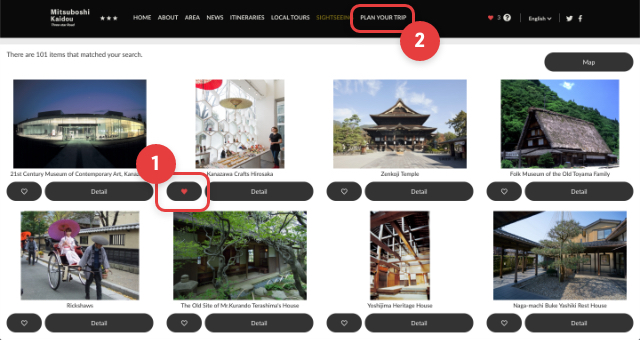
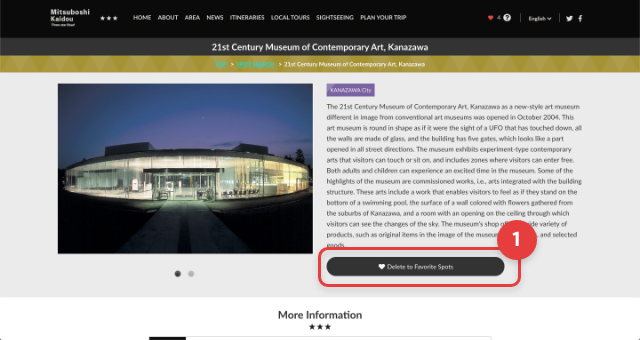
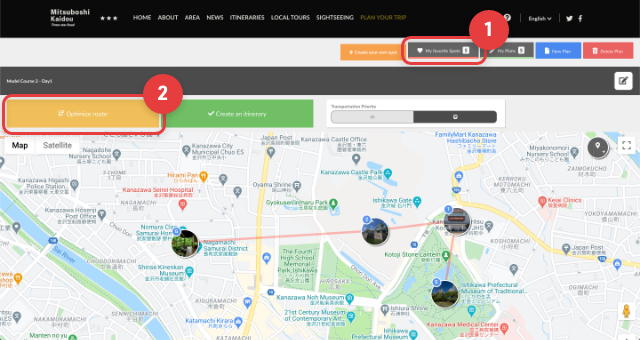
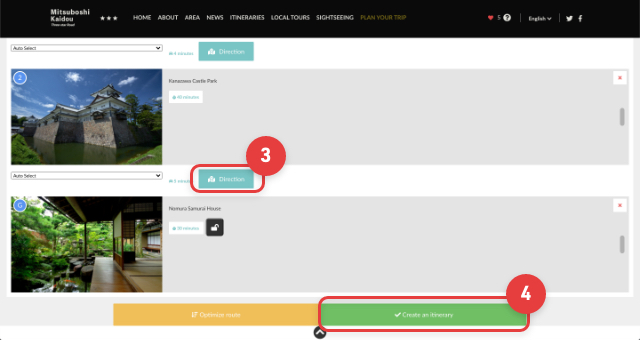
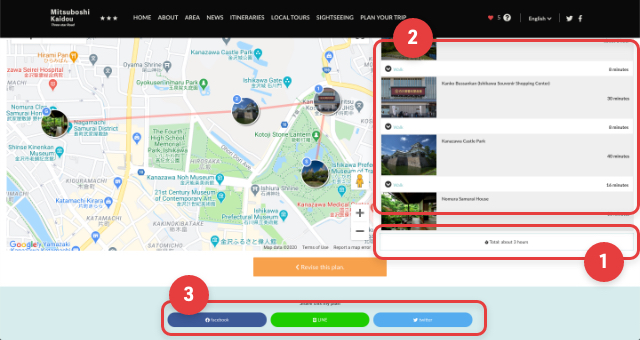
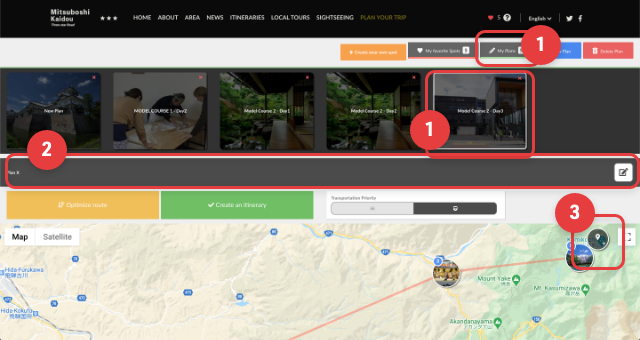
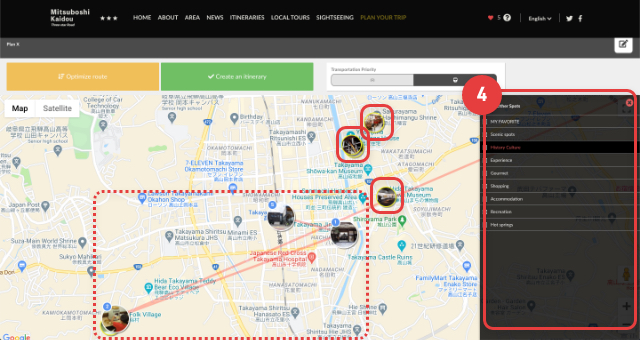













.jpg)










